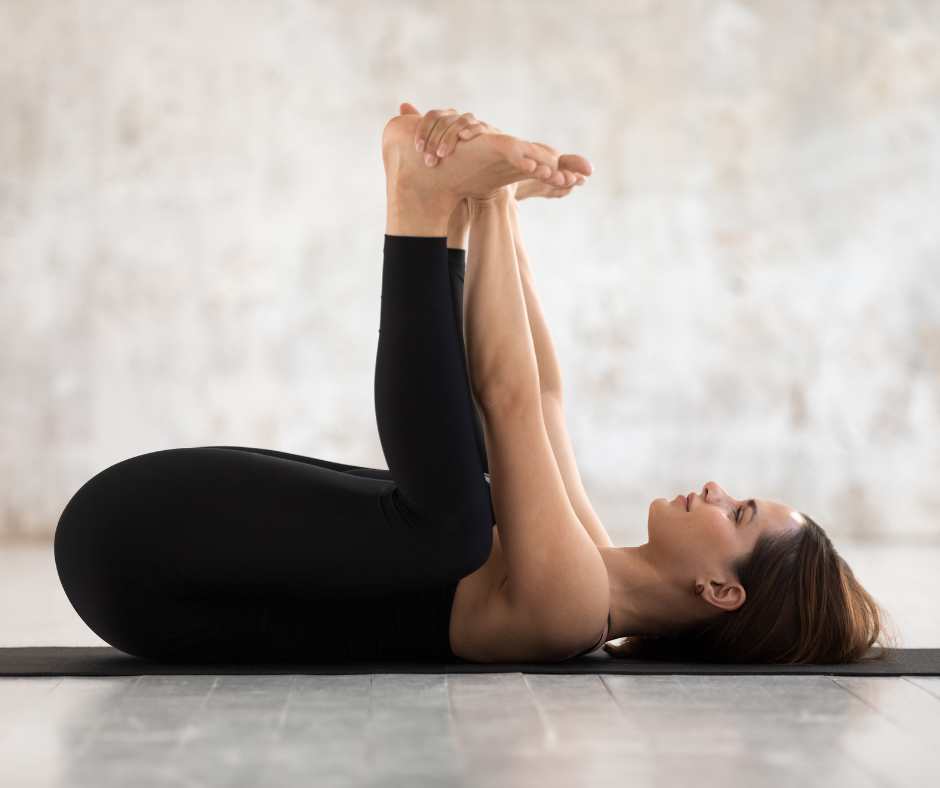Yoga movements that aid digestion
Bloating or discomfort after a good meal never feels great and can be a distraction from going about your day. If this happens to you every now and then, read on to check out some easy yoga movements that aid digestion.
Seated Forward Fold (Paschimottasana)
Sit on the floor with your legs straight in front of you.
Hold your arms out to the side in a T formation and slowly bring them together above your head. Inhale and stretch your spine upwards.
Exhale while lowering your torso towards your legs, bending at the hips. Inhale.
While exhaling, deepen your bend, lengthening your spine. Extend as far as you can comfortably, with your hands touching your feet, ankles or shins.
Hold the pose for several deep breaths.
Cobra (Bhujangasana)
Lie down on your stomach with your feet shoulder width apart and your palms touching the floor next to you, almost as if you are about to do a push up.
Keeping your hips on the ground, inhale and lightly push the ground with your hands to help raise your chest off the floor.
Exhale, leading your body by stretching out your chest, rather than your neck.
Hold the pose for several deep breaths.
Wind Relieving (Pavanamuktasana)
Lie on your back with your feet stretched out shoulder width apart and arms beside you. Inhale.
Exhale while bringing your right knee to your chest, placing clasped hands over your right shin. Inhale.
Exhale, lifting your head and chest and bringing your chin to your right knee.
Hold for several deep breaths.
Repeat with the left leg, and then with both legs together.
Happy Baby (Ananda Balasana)
Lie on your back with your feet stretched out shoulder width apart and arms beside you. Inhale.
Exhaling, bring your knees to your chest and face the soles of your feet towards the sky. Inhale.
Exhaling, grab your feet with your hands or straps and open your knees, bringing them towards your armpits.
Push your feet up towards the sky while pulling down with your hands to create tension.
Gently rock from side to side for several deep breaths.
Supine Spinal Twist (Supta Matsyendrasana)
Lie on your back with your knees bent and facing the ceiling, your feet on the ground and arms out in a T shape. Inhale.
Exhaling, gently push your feet on the ground to lift your hips off the floor, moving them slightly to the right. Inhale.
Exhaling, bring your right knee to your chest and extend your left leg flat on the floor. Inhale.
Exhale and cross your right knee over to the floor on the left side of your body, so that your right hip is facing the ceiling, and turn your head to the right. Inhale.
Hold the pose for several deep breaths and repeat with the other side.
Thread The Needle (Urdhva Mukha Pasasana)
Start on all fours, keeping both your hand and knees shoulder width apart. Inhale.
Exhaling, extend your right arm towards the ceiling, turning your head to face your raised hand. Inhale.
On the next exhale, bring your right arm down and under your chest, turning your torso to the left. Inhale.
Exhaling, slide your right arm further to the left and extend as far as comfortable. Allow your right shoulder and the right side of your head to also rest on the mat.
Hold the pose for several deep breaths and repeat with the other side.
Bridge (Setu Bahdanasana)
Lie on your back with your knees bent and facing the ceiling, your feet on the ground shoulder width apart and arms by your sides. Inhale.
Exhaling, press your feet on the floor to lift your hips up and roll your spring off the floor. Keep your knees hip width apart. Inhale.
Exhaling, use your arms and shoulders to lift your chest up, engaging your abs, glutes and thighs.
Hold the pose for several deep breaths.






